Step back in time: Exploring 4 of Hong Kong’s most intriguing heritage hikes
With Hong Kong’s borders now open to travellers, it’s time to get reacquainted with this popular destination. But you don’t have to limit yourself to the usual activities – why not check out these historical trails full of overgrown wartime ruins, incredible feats of Victorian engineering and an ancient stone circle.
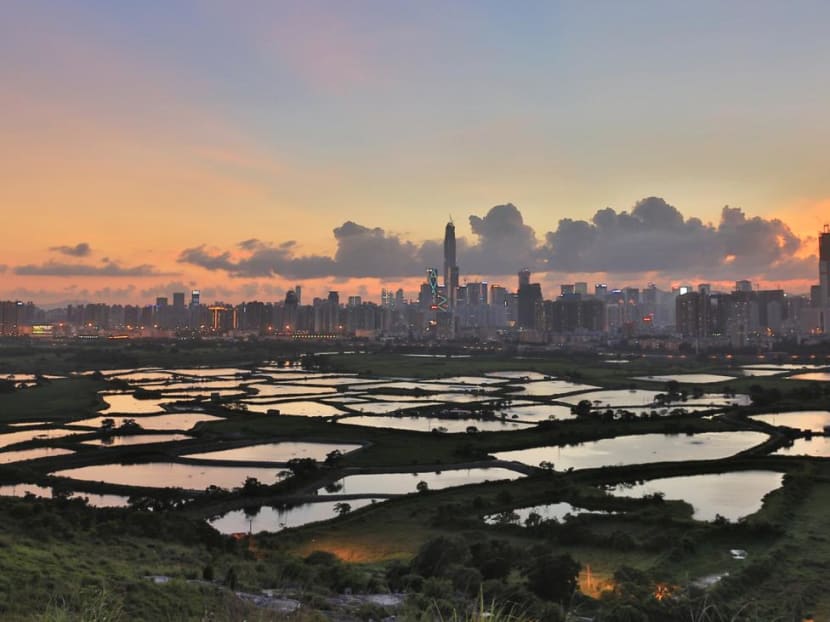
Some of Hong Kong's heritage trails take hikers through ancient villages, war ruins and more. (Photo: iStock)
In Hong Kong, the markers of history are waiting around almost ever corner. In some cases, its buildings and structures have been carefully preserved; in others, they have for whatever reason been left to their own devices.
Because of this, discovering the city’s heritage requires almost no preparation at all. All you need to do is go outside – it would take an active effort to avoid coming across some relic, monument or ruin. Alongside the many official hiking and heritage trails that outline its history, Hong Kong is also a place where going the wrong way is usually rewarded.
The hikes below are loose suggestions based on the historical flavour of particular areas, rather than precise routes that are far better described elsewhere (the main sights can be found easily on Google Maps).
Fully exploring each would require at least half a day – and beyond their starting points they offer few, if any options, for food and drink.
The first and last are on Hong Kong Island, the second is in the New Territories, a part of the peninsula bordering the Chinese mainland, and the third is on Lantau, one of several other islands within the territory.
QUARRY BAY TO THE TAI TAM RESERVOIRS
The Wilson Trail (named after David Wilson, the British governor from 1987-92) spans the entire length of the territory. If you follow it south from Quarry Bay to Mount Parker and stray slightly from the main route, you will find yourself in a large clearing filled with nine red-brick and stone structures.
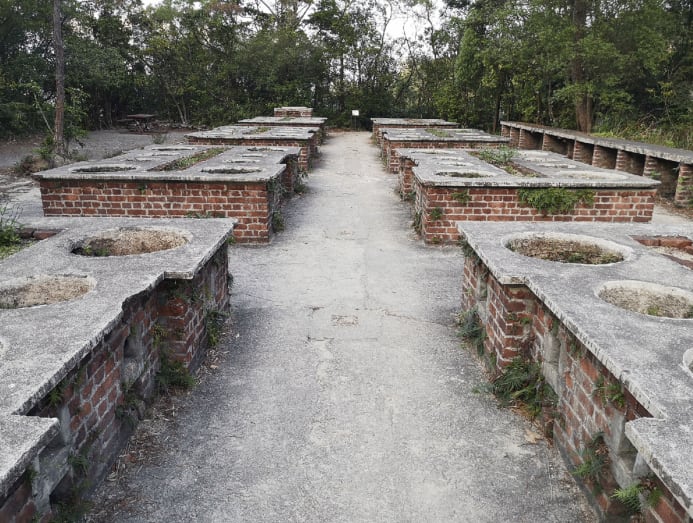
These are the Wartime Stoves, built to feed the city’s swelling prewar population, which increased sharply after the fall of Guangzhou. The Japanese imperial army invaded Hong Kong not long after they were completed. They are strangely calm memorials to that moment – perfectly geometrical and seemingly untouched.
Around here a maze of trails head further into the island. Several of them eventually lead to the Tai Tam reservoirs, a medley of bridges, aqueducts and dams cast in a late 19th/early 20th-century architecture that cannot be seen in such isolation elsewhere in Hong Kong.
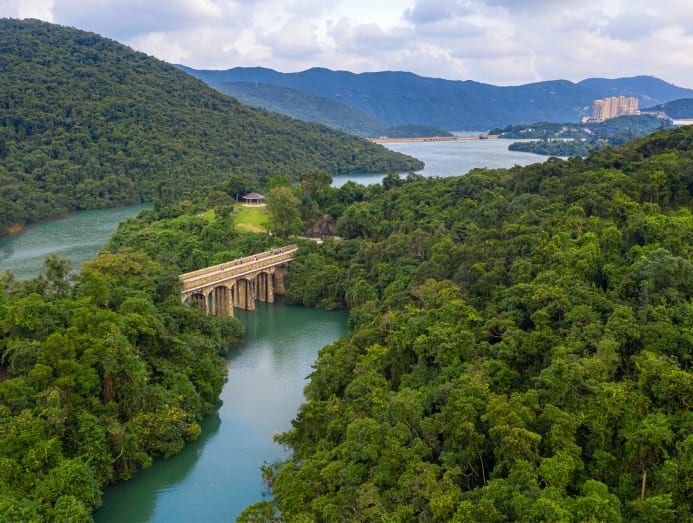
There is an official heritage trail leading south from the first reservoir that requires continual deviations to get the most out of it. It leads to an old water-pumping station, all aspects of which would blend immediately into any northern industrial British city (especially the extent to which it is ignored).
But the best moment comes at the very end, at the foot of the vast 1917 Tai Tam Tuk Dam, which – as though it was telling the fortune of the whole city – forces you to crane your neck upwards.
THE TANG CLAN
The Ping Shan Tang Clan Gallery is housed in a former police station that dates back to 1899, the year after Britain leased Hong Kong’s New Territories from China; the Tang clan’s presence in this part of the world dates back much longer.
Inside, among other artefacts, the gallery displays the many tools required for cricket fighting, an ancient form of gambling. Outside, to the northeast, you will see hills leading to a plateau.
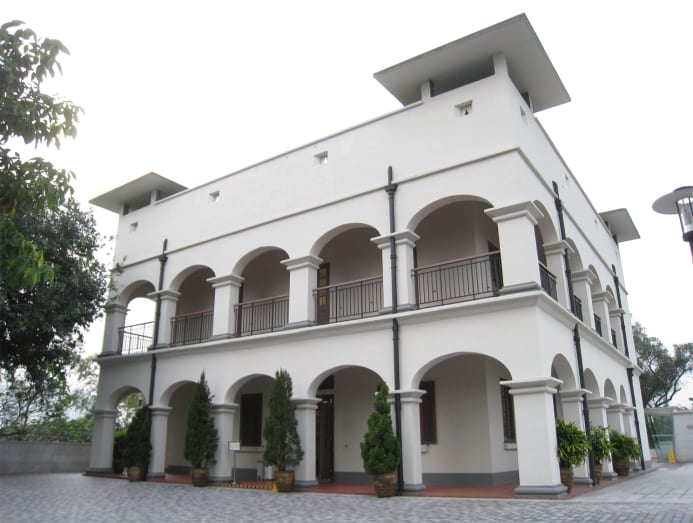
Instead of simply following the local heritage trail, try to meander around it and then leave it in such a way that you eventually end up at that plateau. You will ideally pass old stone study halls conjuring the solemn religiosity of China’s imperial examinations, which for millennia offered villagers the hope of high office (the gallery devotes much space to the Tang clan’s success in these exams). In one such hall, the wooden chairs are stacked up in the corner as if the old exams are merely on hold.
Whatever route you take up into the hills will sufficiently capture the New Territories, the most down-to-earth part of Hong Kong.
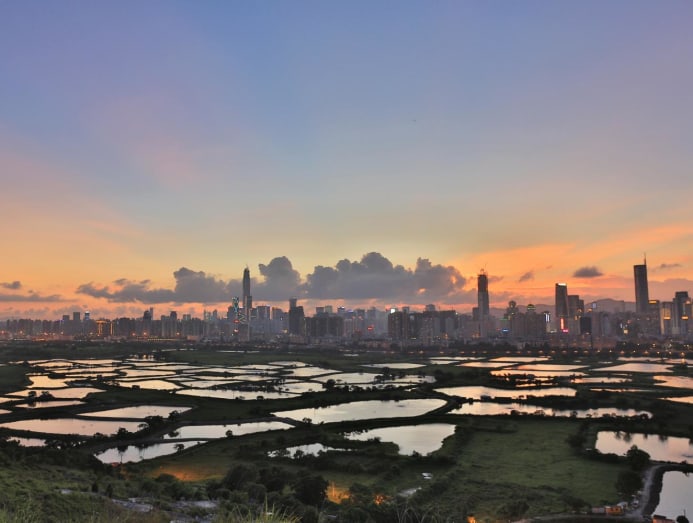
It is often, because of its proximity, compared to mainland China. But it also invokes an industrial Americana: The lots are filled with rusted old cars that signal practicality rather than status. The people here are more likely to greet you than in the city, and the dogs seem more likely to attack you (and would wreak absolute havoc if they ever made it to Hong Kong Island).
Up on the Wang Chau plateau, which is almost overwhelmed with cemeteries, people have left a variety of chairs on the top of each peak. When we visited, we bumped into two construction workers from Nepal, who were brothers and had the same name, and offered us multiple beers. A vast industrial site was visible below us. At the northernmost point, the views look out over wetlands of mangroves, and beyond them, even through a misty day, the hulking city of Shenzhen.
WESTERN LANTAU
One of the main attractions in Tai O, an old fishing village on the island of Lantau, is the Heritage Hotel, typically booked out for months in advance and converted from a British marine-police station that was built to ward off pirates. So it is an appropriate place to arrive by sea.
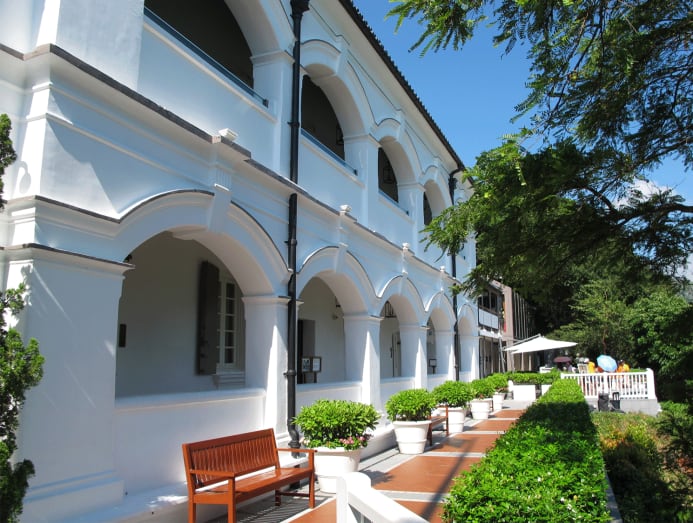
The ferry trip from Tuen Mun, possibly the best journey of its kind in Hong Kong because it is smaller than other ferries and so feels like it is moving faster, passes directly under the Hong Kong-Zhuhai-Macau bridge, the longest sea crossing in the world.
If you follow the coast to the west along the Lantau Trail, you will eventually enter into one of the few zones of Hong Kong in which your phone signal will give out entirely and you can hold out a reasonable hope of seeing absolutely no one.
The beaches are on a Scottish level of deserted. There are two understated highlights along this route. One is an old 18th-century Qing dynasty fort, also built to ward off pirates (the signpost says all the major gangs surrendered to the empire by 1810). It is a proper, legitimate ruin, half-buried under grass.
The second comes as you approach the westernmost point of Lantau and therefore all of Hong Kong. Here, after a particularly forlorn beach, a path deviates from the main trail. It leads past an ancient stone circle and becomes increasingly overgrown and precarious until, at last, it opens out on to a boulder overlooking a lighthouse.
MOUNT DAVIS
The University of Chicago’s campus near Pok Fu Lam was converted from an old detention centre that became disused after the handover. It maintains some of the familiar whiteness of the British colonial style with the bright-glass-and-named-donors wealth of the modern American university. The architect included a “tree of knowledge”, which when we visited was cordoned off and under observation, and overlooks the remnants of a second world war gunpost.
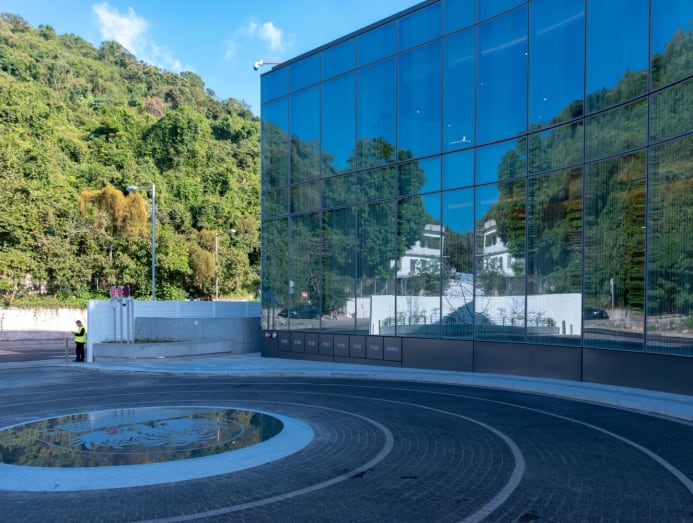
Across the main road, the path leads up to Mount Davis, which is more of a wold than a mountain and is locally well known for its old military fort. On the way up, there is a particular bunker that captures a familiar scene on Hong Kong’s trails. The buildings have been left alone for so long that the trees have grown into them, their trunks wrapped around the concrete walls like pythons waiting for the opportune moment to devour the past.
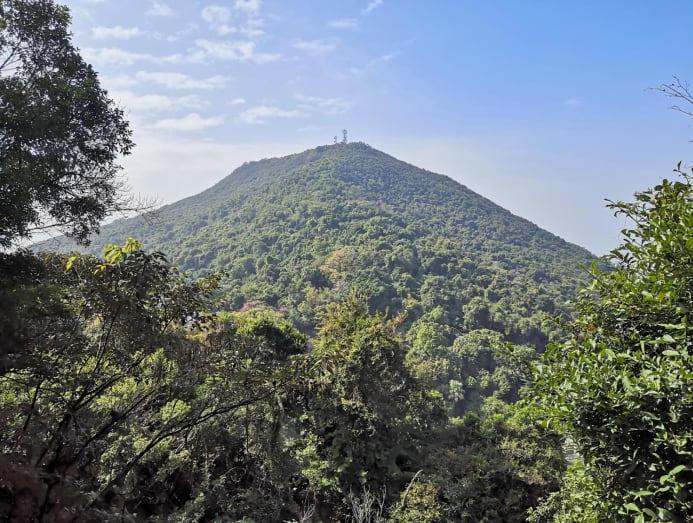
Close to the top, there is an unmanned icebox filled with soft drinks that operates purely on trust, a slope that is one degree short of being too steep to walk up and then a village of tunnels, dormitories and ammunition stores, all crumbling and permanently damp.
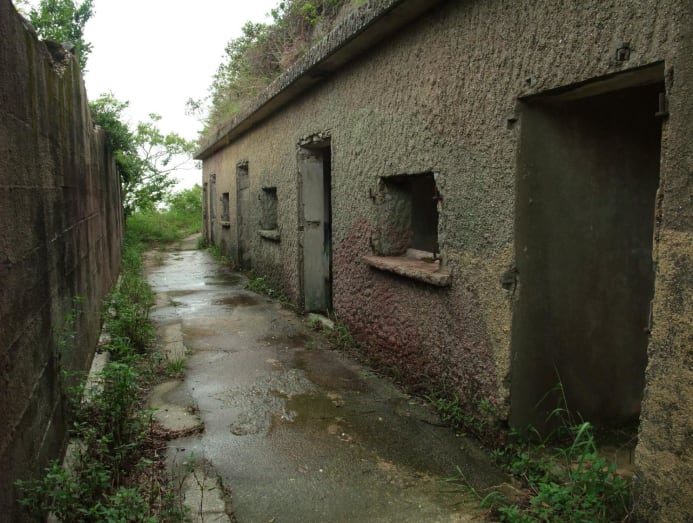
A hidden path just right of the viewing platform heads down the other side of the hill, eventually winding back to the start. The area is rich in spectacle. Nearby, there is a vast, often-empty asphalt football pitch – an anomaly in a city of cramped childhoods. Here, as anywhere else, there is the possibility of encountering Hong Kong’s magic, which is always somewhere between two worlds.
On the day before Remembrance Sunday, a hidden speaker near one of the old British gunposts was quietly playing music that was hard to identify. A fellow hiker told me it was Buddhist chanting, but whoever had set it up, and why, remained a mystery.
By Thomas Hale © 2022 The Financial Times








